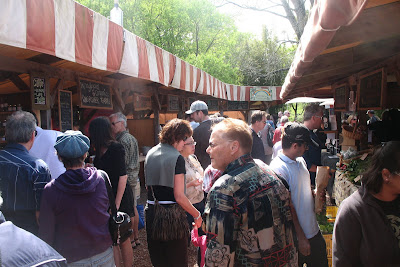Ok so to make the "clutch" Changing pad for baby, you will need:
* Fabric for outer layer *
(eg, silks, satins, cotton, polyester, etc)
* Fabric for inner layer *
(eg, waterproof pul, cotton, winceyette, flannelette, bamboo fleece, sherpa, velour, etc)
* wadding/padding *
* Embellishments *
(optional-eg, ribbon, mini belt buckles, buttons)
* Snaps, magnetic closure or velcro strip *
First I printed out my pattern, then cut out my material accordingly. You will need 1 piece cut out of wadding/padding from the pattern below. If you are wanting a copy, just email me and I can get it to you.
Then if you print the pattern again along with the 2nd part, cut it out and tape it all together you can cut out the rest of your material (the pocket part is optional).

You will need one piece of the outer layer and 1 piece of the inner (then an extra bit of just the pocket part cut from the inner layer).

The inner layer can be either a soft plush fabric (such as bamboo fleece, sherpa, velour, winceyette, flannelette, etc) or else a bit more practical and waterproof. There is also the option (if you can find it) of getting a pretty cotton fabric for the inside and then a see-through waterproof fabric for the outside. Spotlight in NZ and Australia sells it I think. It would be a little bit more work obviously but worth the extra effort I'm sure.
The outer layer can be whatever fabric you think would be suitable for a clutch/purse. Ie. Silk, satins, polyester, cotton, bearing in mind that the more heavy, thin or stretchy fabrics will be a lot more difficult to sew.

If you are wanting any ribbon or embellishments on the the part that will fold down and become the outside/front of your clutch, then sew this on now. I sewed a fancy piece of ricrac on and added a shell. A simple piece of ribbon or velvet would look just as nice.

If you are wanting a strap on your clutch/change pad, then I would do this part next as it makes the finished product just that whole lot neater. My finished strap measured about 30cm long and 2cm wide but you can change the dimensions depending on how big your hand is, personal preference, etc.

You will want to put your hemmed strap with the right side against the wrong side of the outer layer and sew it on. Once everything else has been sewn together and it is turned right side out it will hopefully look like this:

I didn't have any better pictures than this sorry but hopefully you will be able to visualise it.

The next step is to sew the wadding to only the outer layer using a plain straight stitch.
Now you want to sew everything together. If you want to, then now would be the time to put the pocket in. The first time I did this, I sewed a casing for the elastic and this is what it looked like:

It made it really hard to sew and became quite scrunched, so next time I would probably just hem the top of it (folding over twice or three times for a bit of thickness) making it look similar to the picture below. You could add a snap or velcro to keep it shut if you wanted.

Pin everything together in this order:
outer layer on bottom (right side up)
inner layer next (right side down)
wadding

Start stitching from a third of the way near the top of one of the pockets remembering to leave a space of about 8 cm so you can turn everything right way out when done.
Turn right way out.
Now you can either just handstitch the opening closed, or what I did is to use a decorative stitch and go around the outsides again for durability (and prettiness).
Fold up and either add a strip of velcro to hold the flap closed or else I simply use snaps. If you want to get fancy, you could put in a magnetic closure.

If you do use snaps and don't really like the look of them, you could always disguise them with lace like this:

And you're done! Hopefully that was explained ok.
Here's another one I did...
Front:

Inside:

 Burp Cloths - also man friendly
Burp Cloths - also man friendly Cloth Baby Wipes
Cloth Baby Wipes


 Matching Travel Change Pad/Clutch
Matching Travel Change Pad/Clutch Inside View
Inside View

 Travel Change Pad that doubles as a clutch
Travel Change Pad that doubles as a clutch Inside View
Inside View
 Burp Cloths - also man friendly
Burp Cloths - also man friendly Cloth Baby Wipes
Cloth Baby Wipes


 Matching Travel Change Pad/Clutch
Matching Travel Change Pad/Clutch Inside View
Inside View

 Travel Change Pad that doubles as a clutch
Travel Change Pad that doubles as a clutch Inside View
Inside View






































